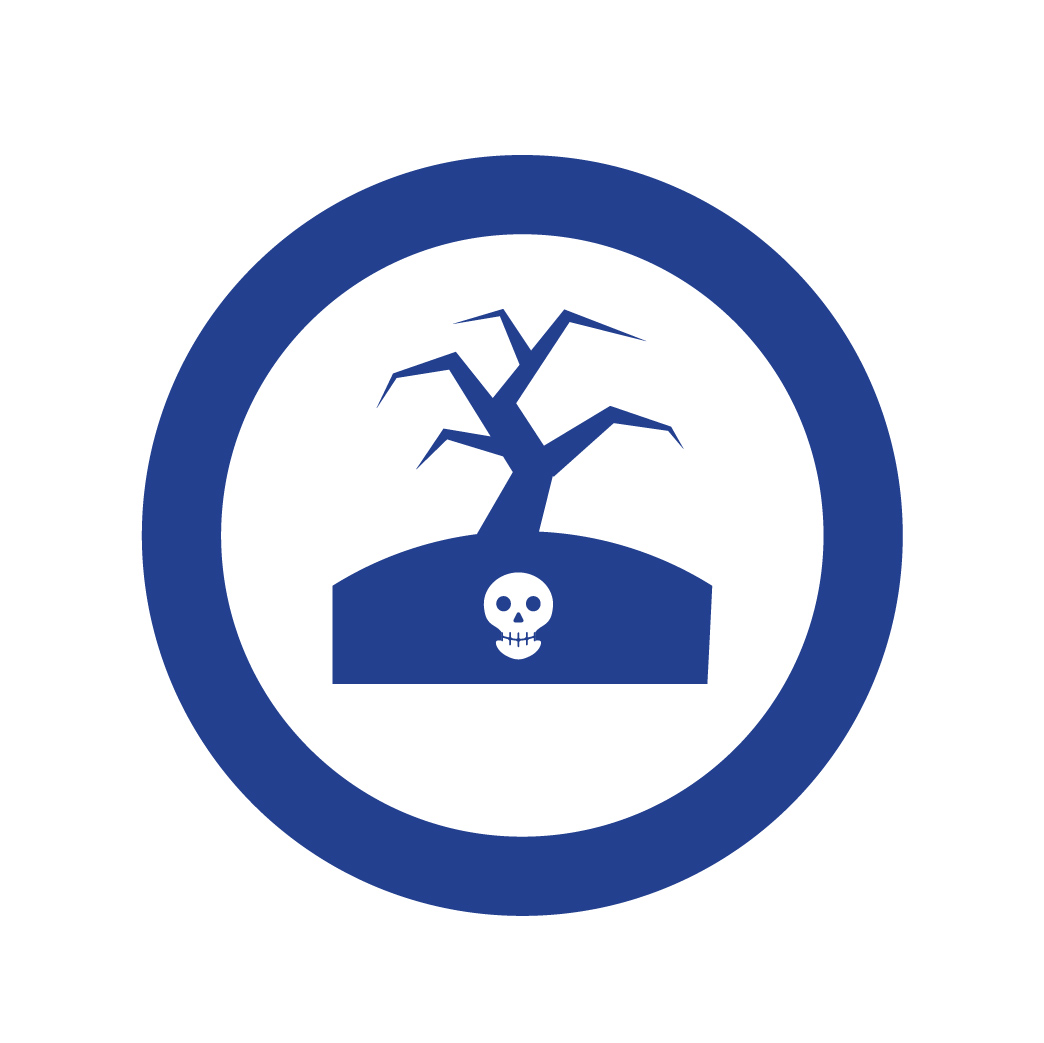
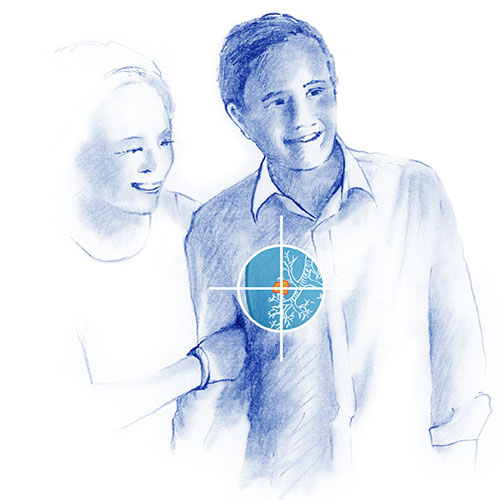
70% of lung cancer cases are diagnosed at an advanced stage, when the possibility of curative treatment is reduced. Generally, at this stage, the disease has started to spread, decreasing the likelihood of curative treatment such as surgery or radiotherapy.
In most cases, patients with early-stage lung tumours report no symptoms. For those with risk factors it is especially important to remain vigilant and to visit a respiratory physician who can advise on the risks and, if necessary, request imaging tests.
HC Cancer Center’s objective is to identify early stage (asymptomatic) lung cancers, with evidence to demonstrate the effectiveness of low-dose CT screening in improving survival.
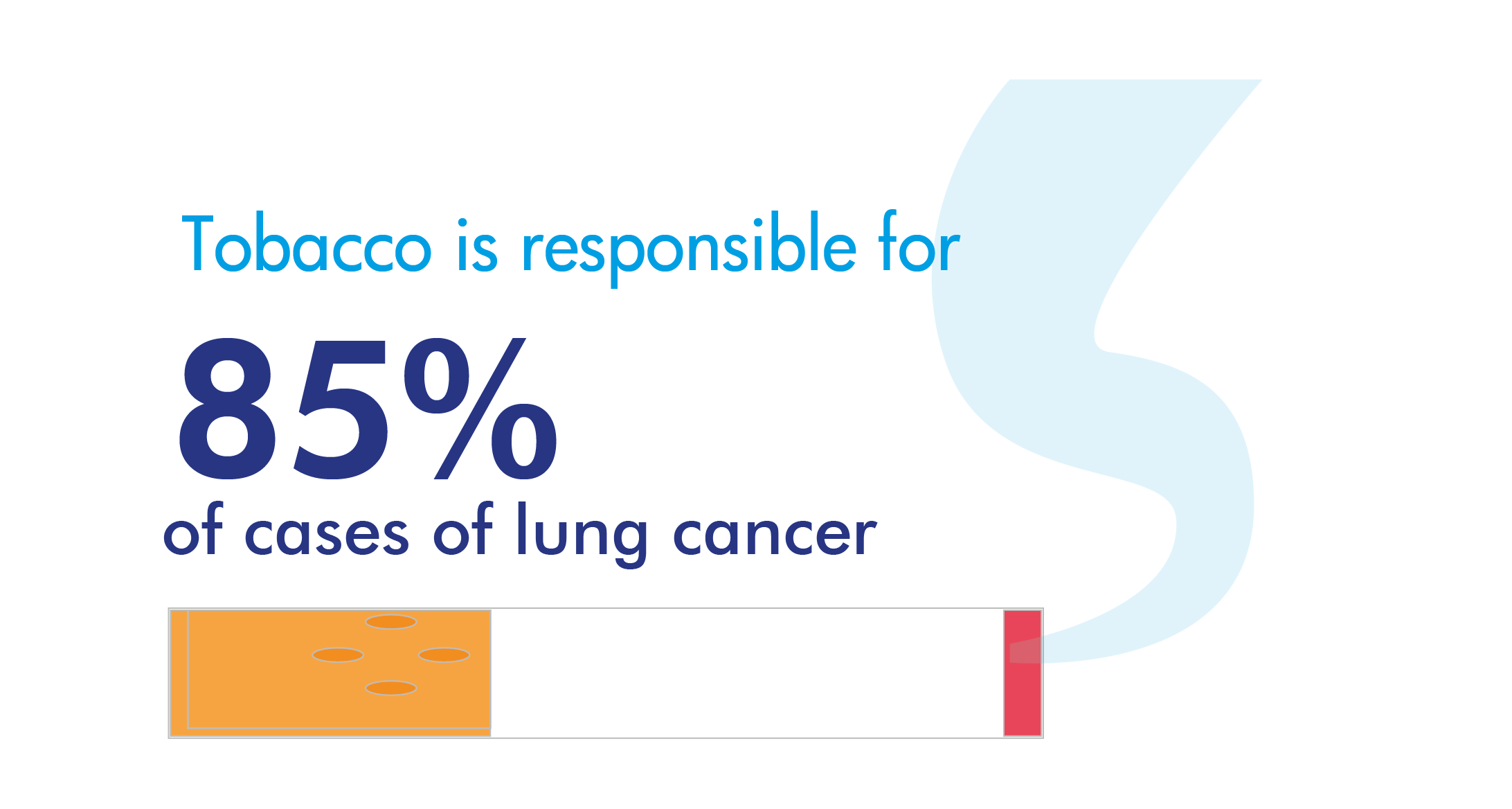
Tobacco is the main risk factor, 2 out of 3 lung cancers are a consequence of smoking.
Tobacco smoke is a deadly mix of more than 7000 chemical substances, most of them toxic, causing more than 80% of cancers. Ex-smokers are at a lower risk than active smokers, although it is very important to undergo active surveillance from the age of 55.
In addition to lung cancer, tobacco is directly responsible for cancer in other parts of the body such as the mouth and throat, oesophagus, stomach, colon, rectum, liver, pancreas, larynx, trachea, bronchi, kidney and renal pelvis, bladder and cervix, and it may also cause acute myeloid leukaemia.

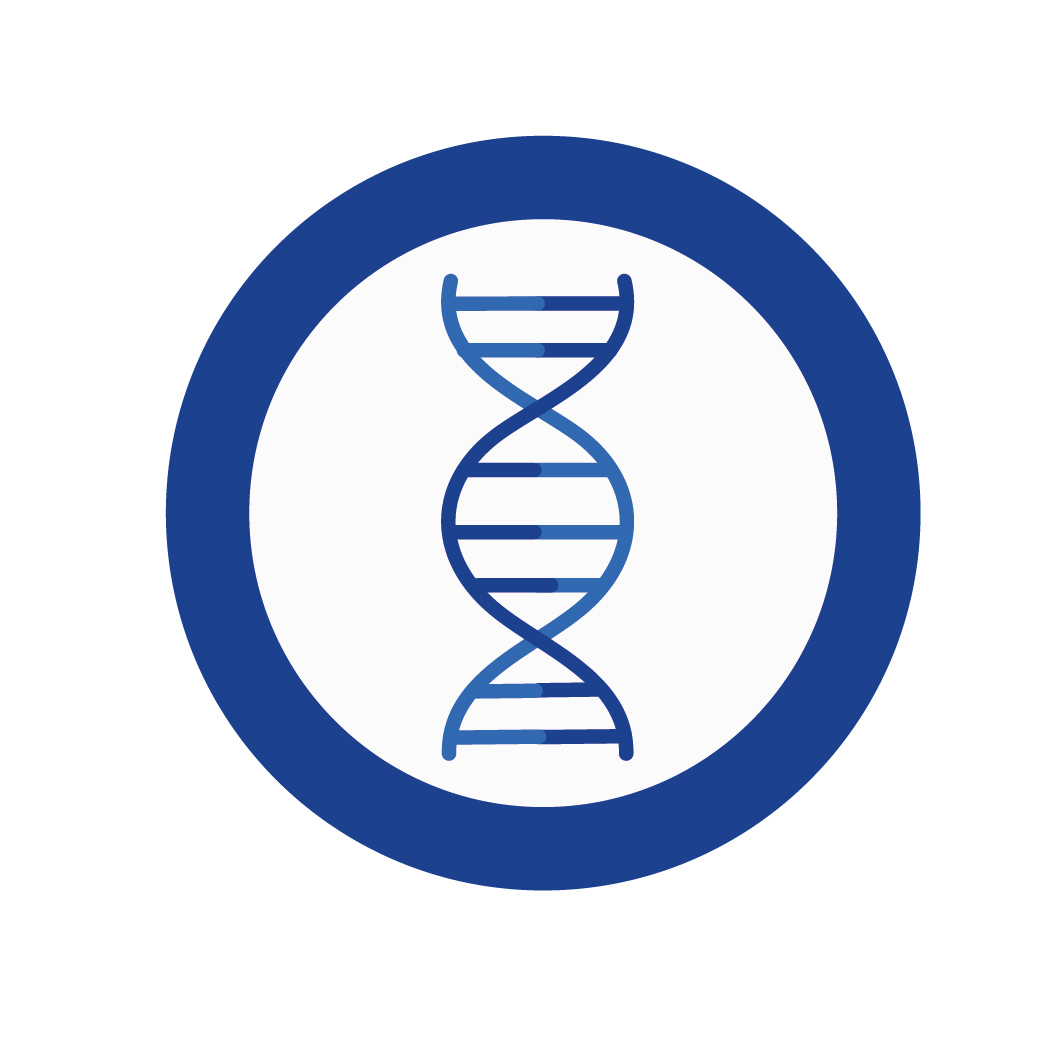
Family history of lung cancer.

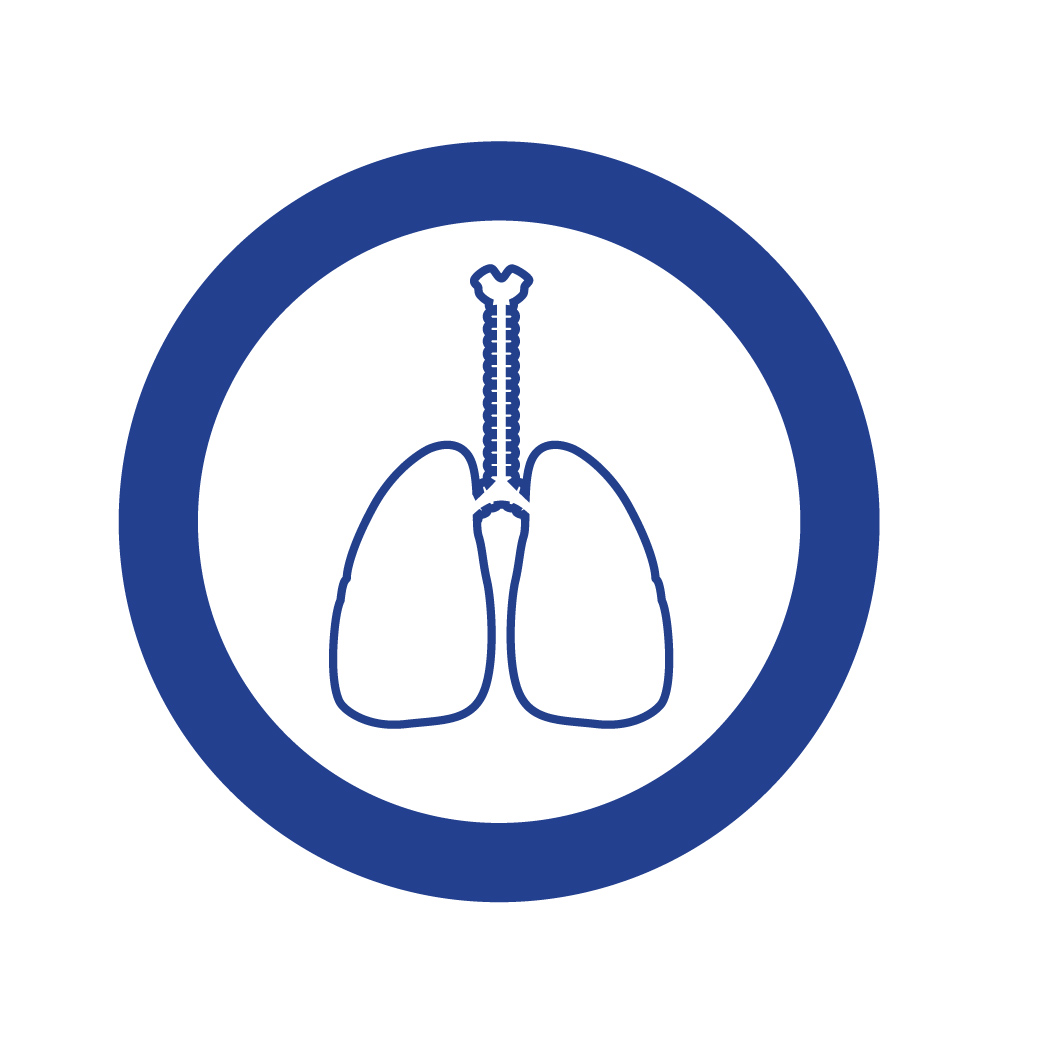
It is advisable to visit a respiratory physician for an early screening check if you are over the age of 55 years and a smoker or former smoker, if you have had any lung condition, or if there is a history of lung cancer in your family, even if you have no symptoms.
Depending on your risk factors, during the check-up the respiratory physician may recommend a low-dose CT scan.
Low-dose CT is a simple, non-invasive, and safe test which enables the dose of radiation to be altered according to each patient’s anatomical requirements, significantly reducing the dose of radiation that the patient receives.
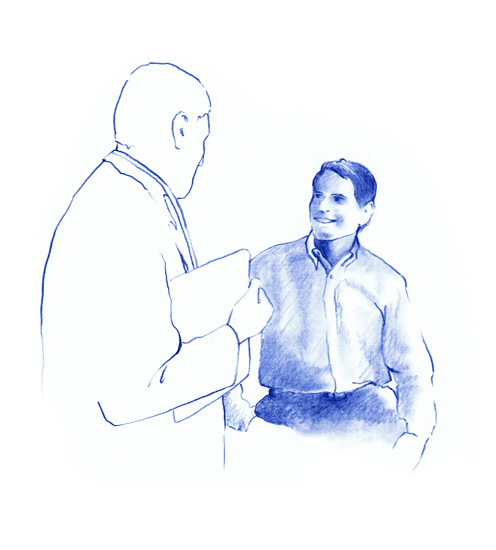
Those with lung cancer often experience particular symptoms, although this is not always the case. Symptoms are usually very vague or nonspecific and may be similar to those of other benign diseases, as a result lung cancer often goes unnoticed. Nearly two thirds of patients with lung cancer are diagnosed when cancer has already metastasised.
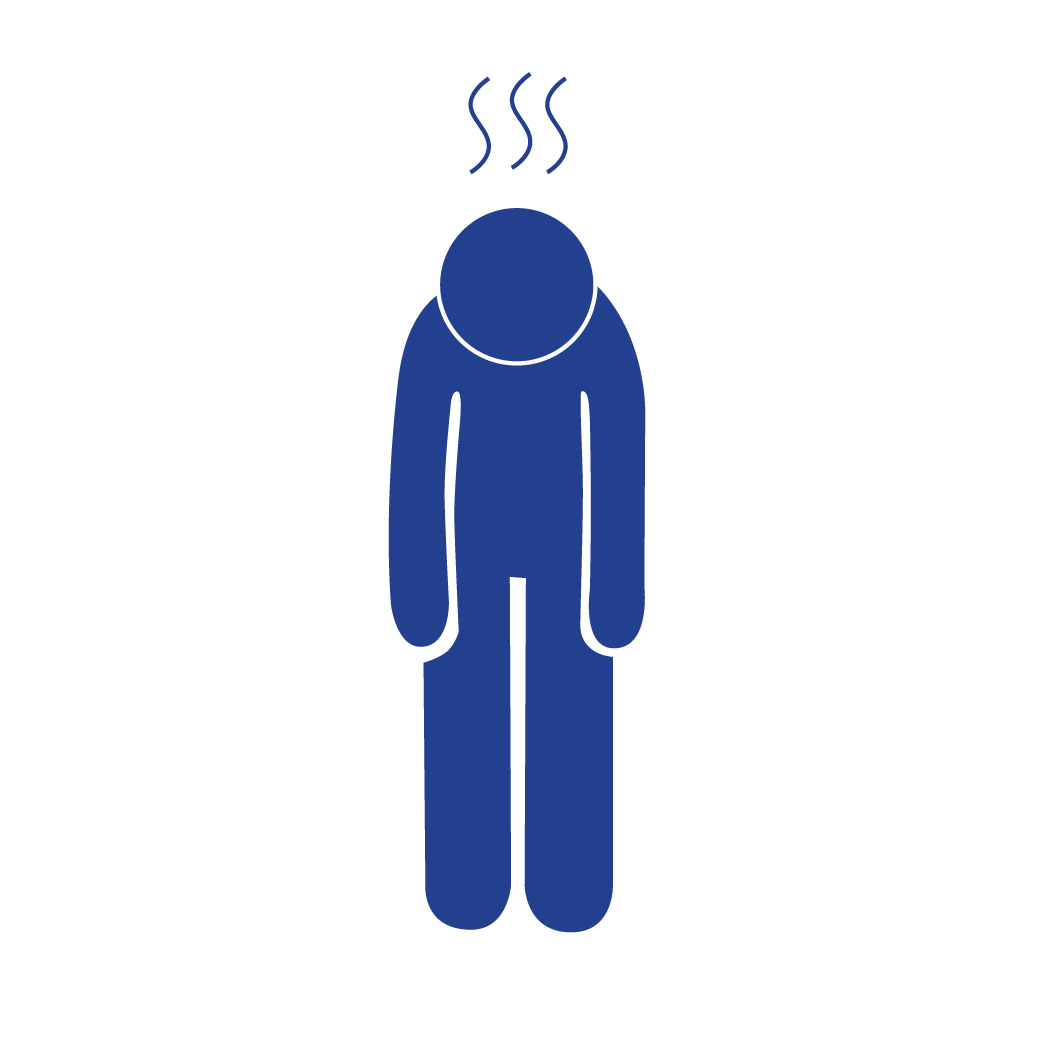

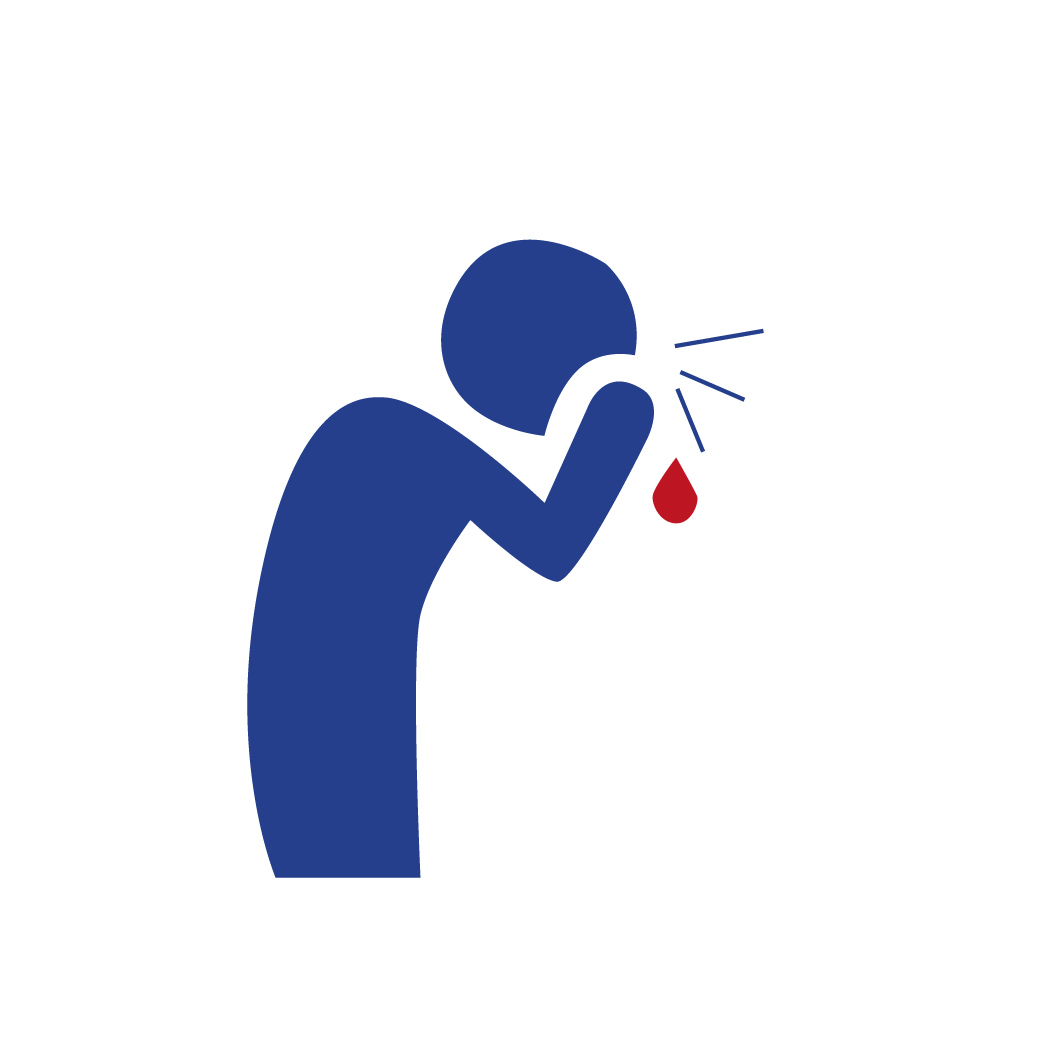

Shortness of breath (dyspnoea) may be caused by a collapsed lung lobe (atelectasis) or may be as a result of a tumour invading the pleura, creating fluid (pleural fluid) which compresses the lung and causes shortness of breath.
Other symptoms, including pain, may come from metastases (distant invasion in other areas of the body) such as the lymph nodes, lungs, bones, brain, liver, and adrenal glands.
Sometimes there are a number of symptoms due to a process called paraneoplastic syndrome, these are caused by biochemical substances and hormones produced by the tumour leading to abnormal function of other organs.
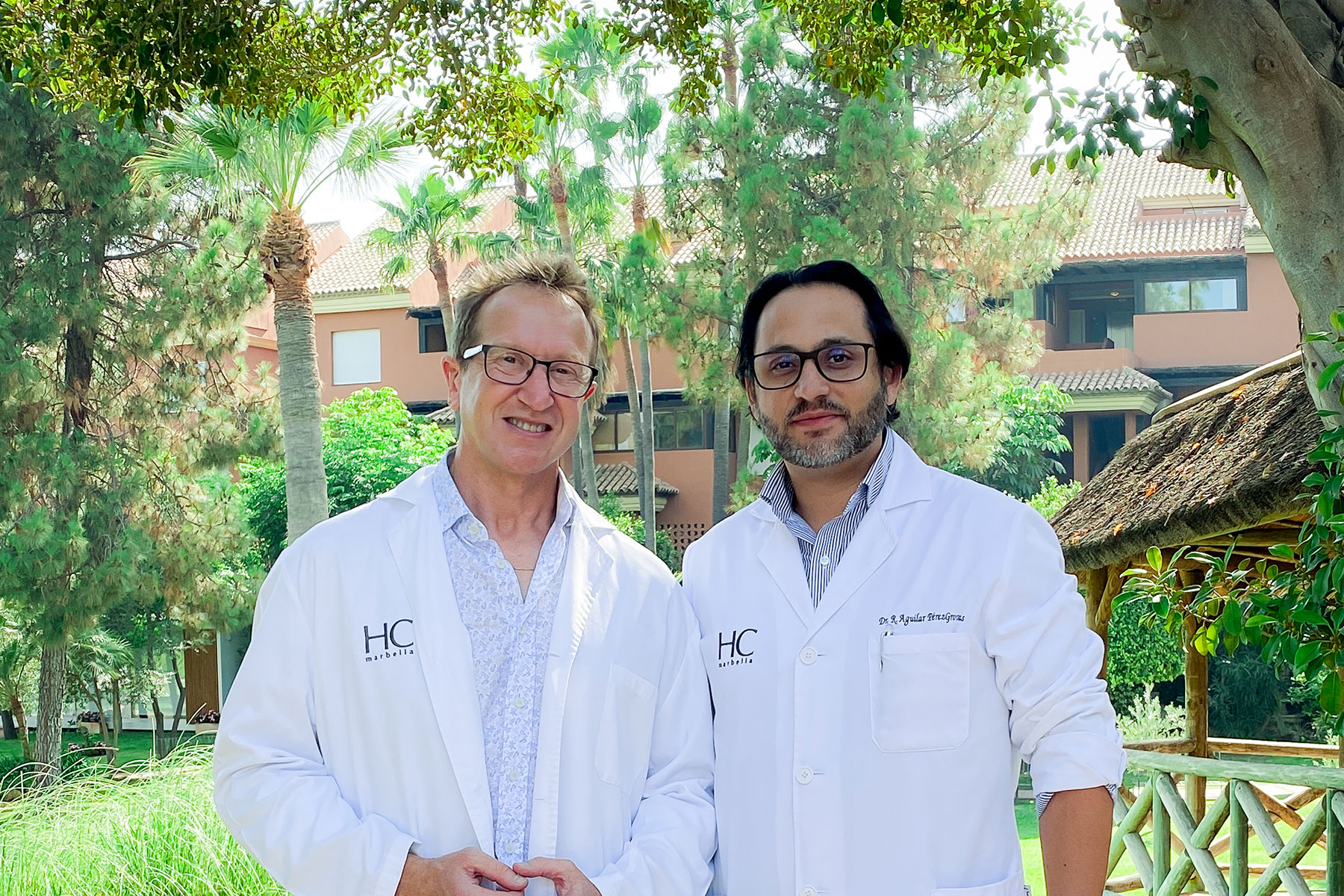
Early diagnosis programme.
Multidisciplinary team.
The best possible therapeutic options, personalised treatment.
The latest diagnostic imaging technology and treatment.
Excellent personal care.
Dr. Trigo, José Manuel
Director of Oncology, Research and Innovation
Dr. Aguilar PerezGrovas, Ricardo
Neumology Specialist
Dr. Sedano Ferreras, Paula
Radiotherapy Oncology Specialist
Dr. García Baltar, José Antonio
Especialista en Radiofísica Hospitalaria
Dr. De Castro, Francisco Javier
Medical specialist in Radiology and Internal Medicine
Tel.: +34 952 908 628
+34 609 148 799
952908898 Oncology
951829978 Diagnosis by imaging
951829947 Gynecology
952908897 Fertility
951829947 Physiotherapy